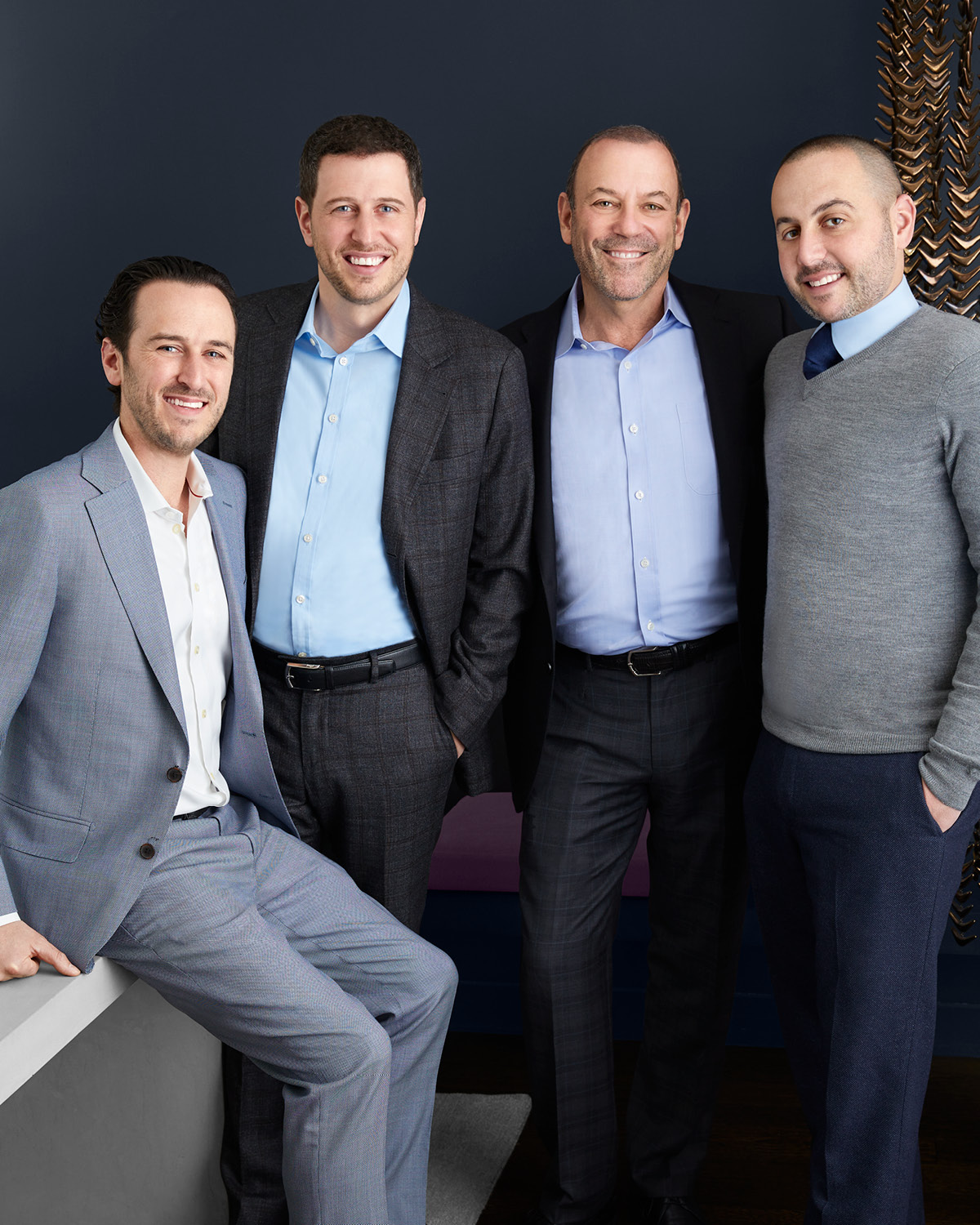The Diamond Industry’s First Families: Kwiat
From the Lower East Side to epic red carpet moments, the Kwiat family is living the diamond dream.
Greg Kwiat has been hunting for diamonds since he was a kid—literally. When his father Lowell would bring him and his brothers Russell and Cory to his office when they were children, he challenged them to find diamonds that might have fallen unnoticed on the floor or under desks. They were given $1 for every stone (usually tiny diamond melee) that they discovered. “At the time, we thought it was a great deal,” recalls Greg. “In hindsight, we should have asked for more money.”
Starting New York’s Diamond District
The Kwiat family’s pursuit of diamonds began in the early 20th century with Sam Kwiat, who was one of the founding fathers of New York’s diamond industry well before 47th Street even existed. A Polish-Jewish immigrant, Sam began working for a tailor in New York until one day when he accidentally sewed two left arms on a men’s shirt and the foreman yelled, “Kwiat, you are killing me, look what you have done.”
As family lore has it, Sam replied, “If you are going to be so particular, I quit.”
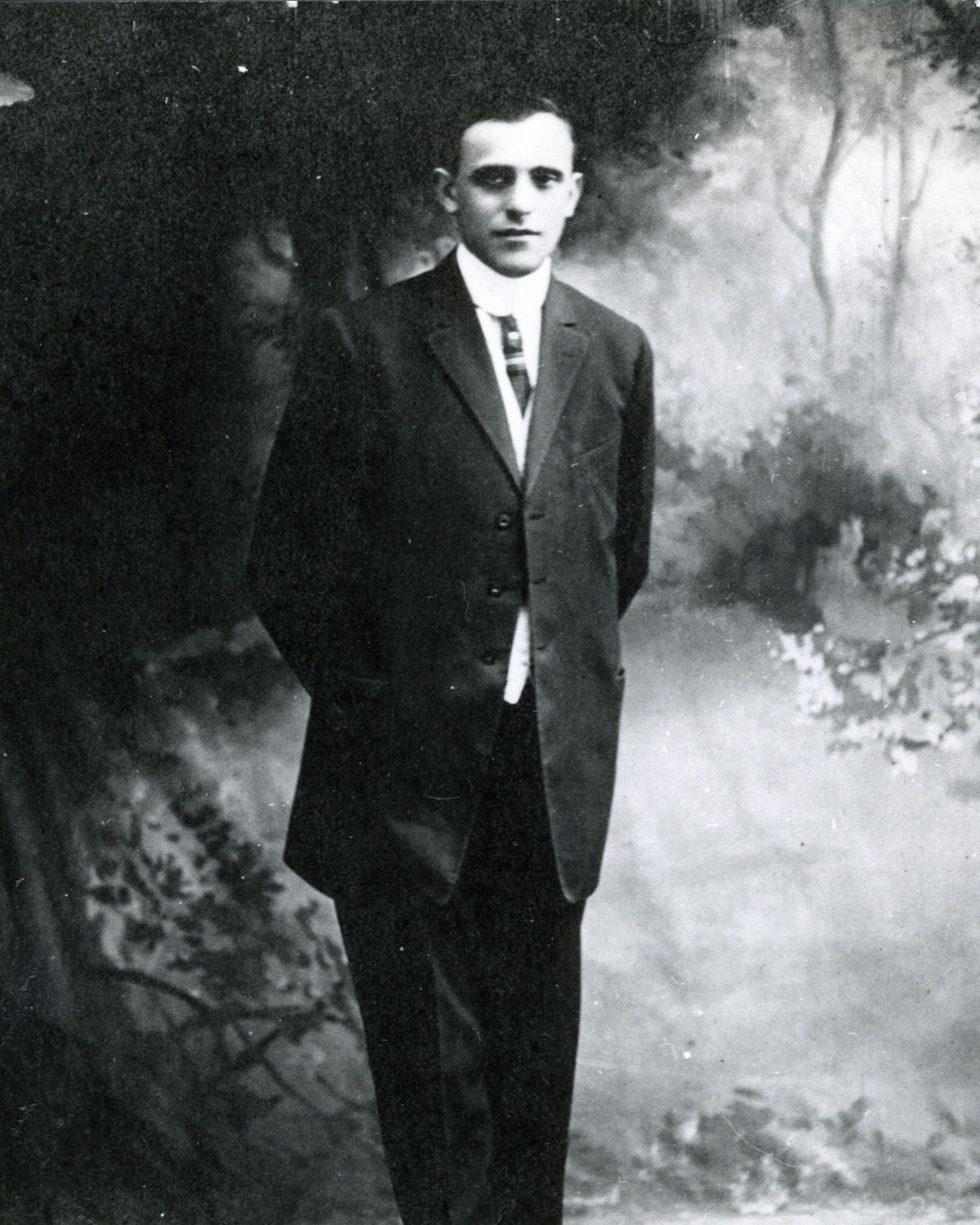
Lucky for the family, Sam left the tailoring trade and established a diamond shop on Canal Street in 1907, which was the epicenter of New York City’s original diamond district. The city’s diamond industry started with a small group of Jewish immigrants who traded stones amongst each other and supplied jewelers with gems. In the 1930s, Sam’s son David, then 16, joined the business, and by the 1950s the Kwiats had earned a reputation for having exceptionally cut diamonds. In 1962, the business moved to 47th Street and David’s sons Lowell and Sheldon joined the family business.
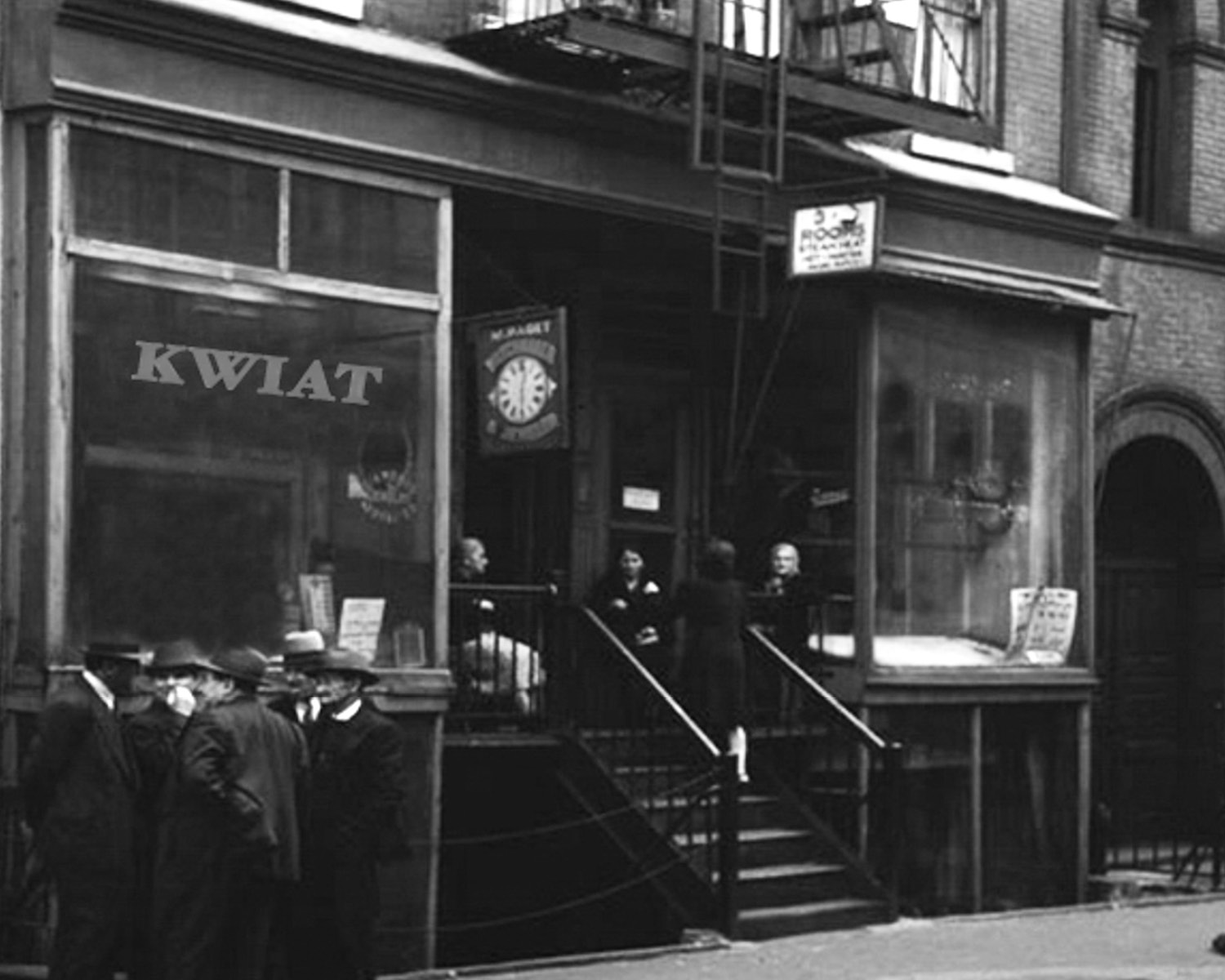
Over the decades, the business evolved and David made several legendary acquisitions. In 1965 he purchased a 126 carat rough diamond, one of the largest of the time. He proceeded to cut it into an exceptional 50 carat stone christened the “Teardrop of Africa,” which Harry Winston soon acquired.
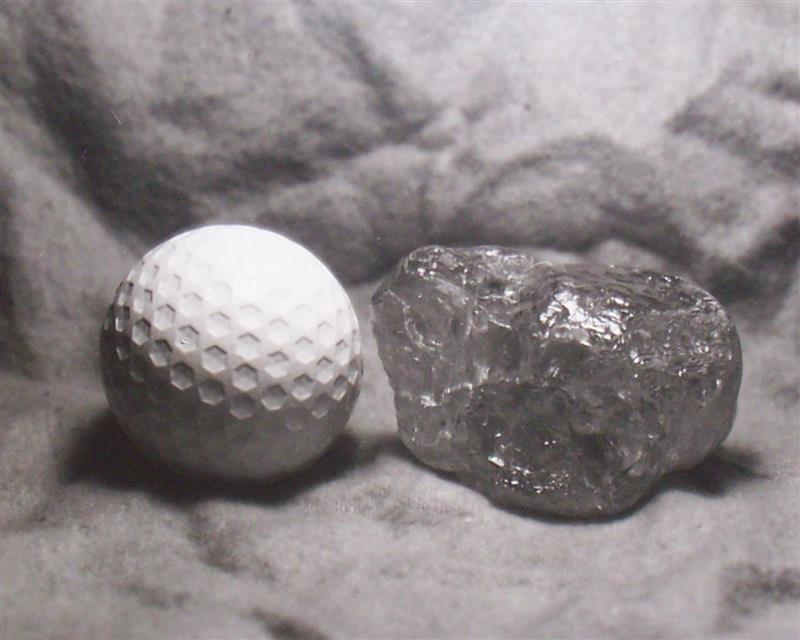
Kwiat was a De Beers sightholder, meaning it purchased diamonds directly from the source, then cut, polished and supplied diamonds to the trade as well as producing unbranded diamond jewelry.
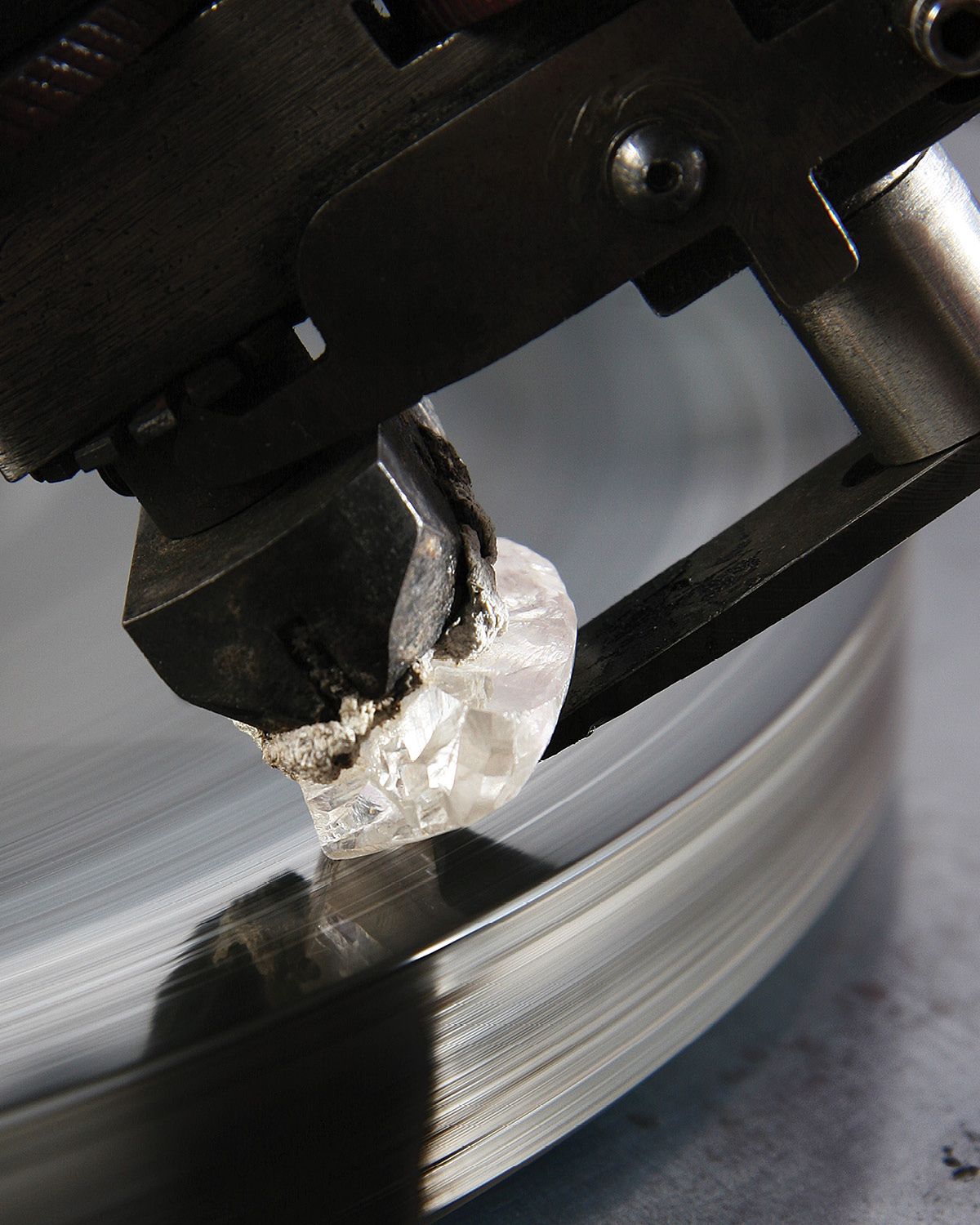
Big Risks, Big Payoffs
Up until the 1990s, the Kwiat name was firmly established in the diamond trade but virtually unknown among consumers. All that was about to change when Lowell and his brother Sheldon pioneered a new business model, which entailed investing millions of dollars a year to build their own jewelry brand. The first diamond dealers to do so, David often said, “A business needs to move forward, or you are moving backwards.”
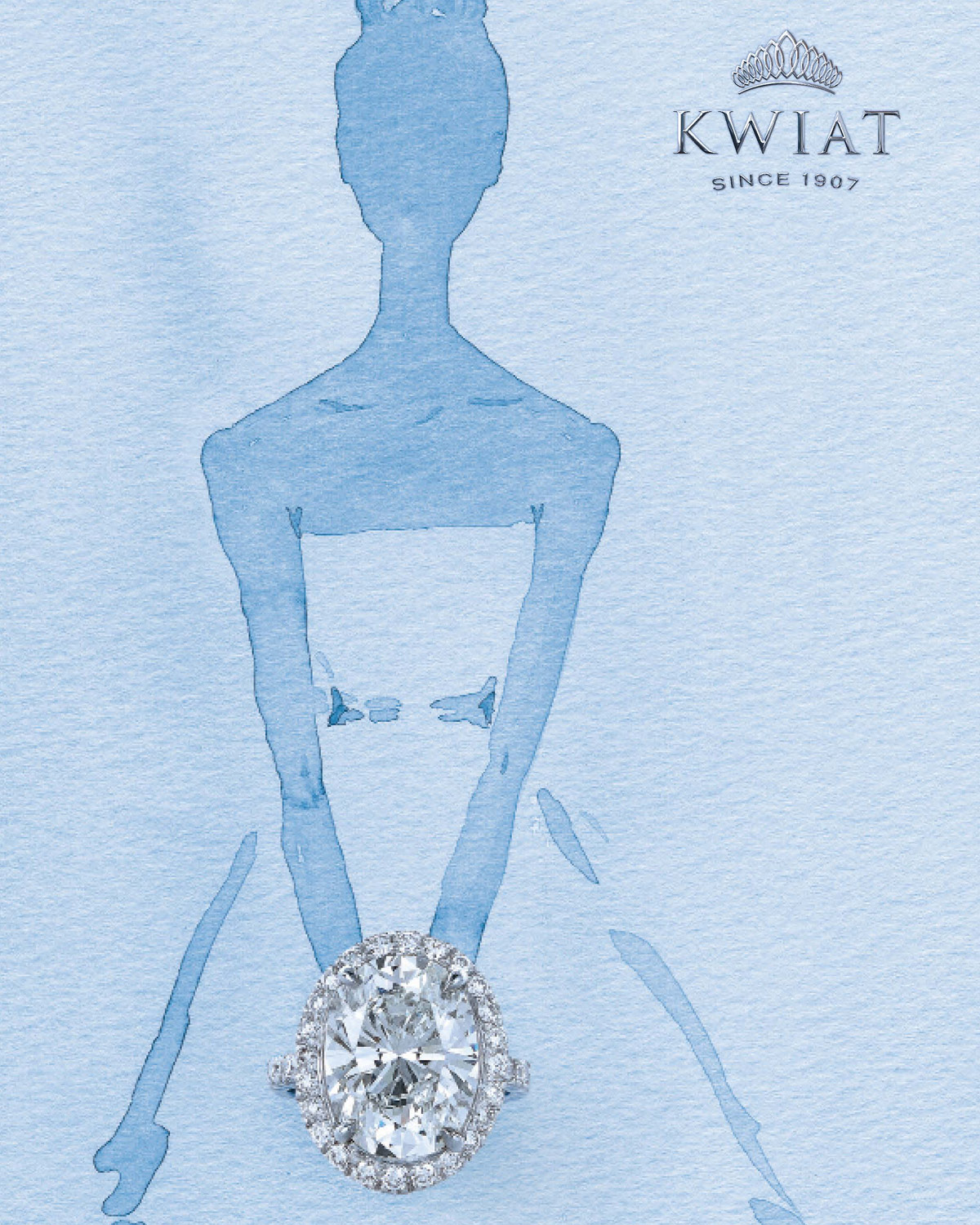
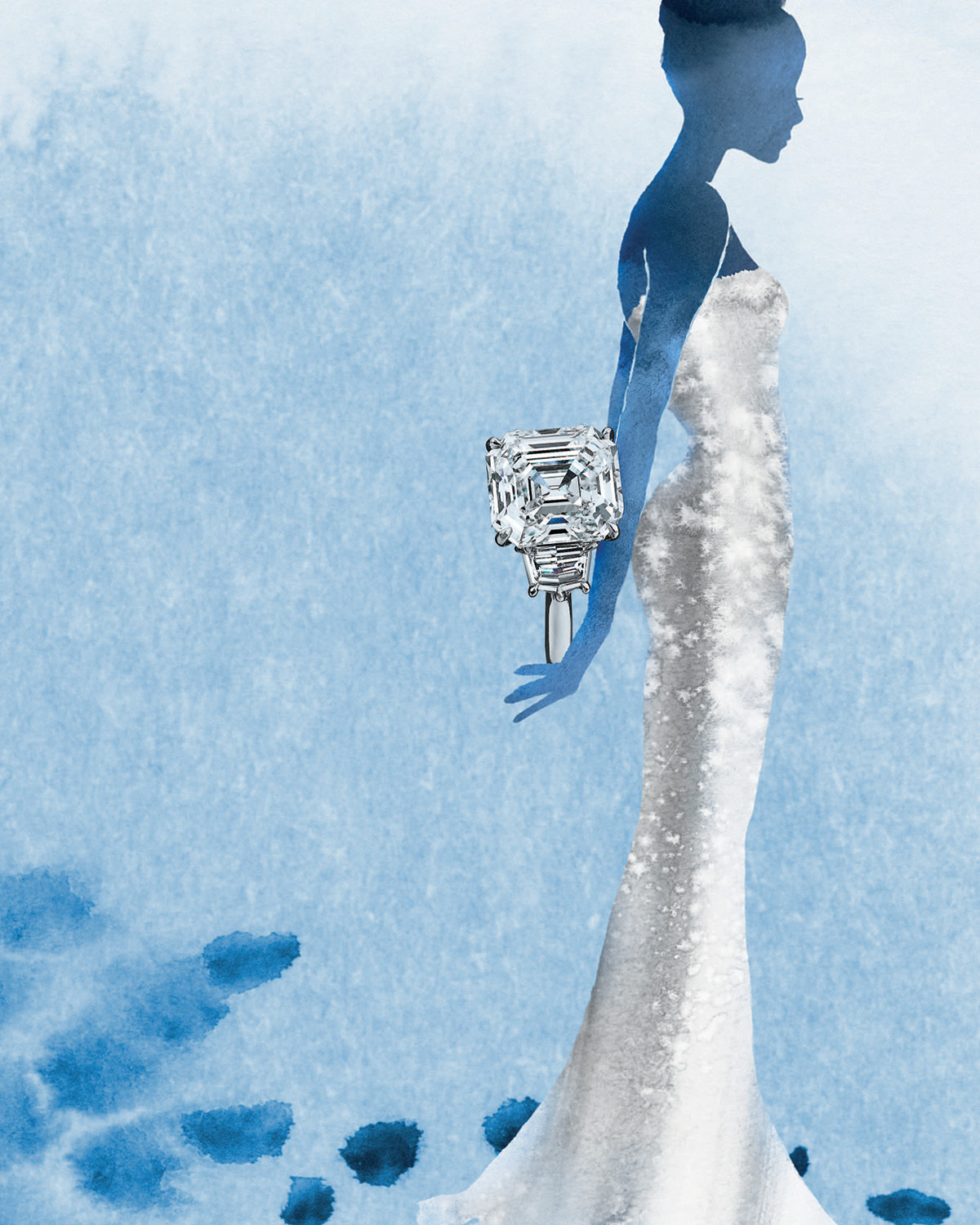
The Kwiat diamond jewelry brand turned out to be a success becoming known for pretty, feminine designs and exceptional diamond engagement rings. After opening stores on Madison Avenue and in Las Vegas, the company took another big risk when it acquired the legendary Fred Leighton’s vintage jewelry business and store on Madison Avenue in 2009. Greg, who was a former finance executive before joining the family business, led the acquisition and managed the new business. “One of our greatest passions has been learning about vintage jewelry, tracking down great pieces and sharing them with people,” says Greg.
But Fred Leighton was more than just another vintage jewelry house—it was also famous for dressing celebrity A-listers from Sarah Jessica Parker to Nicole Kidman in stunning statement antique jewelry. Top celebrities chose Fred Leighton jewels to express a sense of individuality and style that simply couldn’t be duplicated with new jewelry. “The red carpet is one of the most exciting ways to show people how relevant vintage jewelry still is today,” says Greg.
Over the past decade, Kwiat made sure its diamond jewelry was featured on the red carpet because, as Greg says, “It is hard to find another moment that resonates with our culture in the way the red carpet does. It shows diamonds as glamorous but also wearable, and it puts us in the company of the best diamond jewelry brands and designers.”
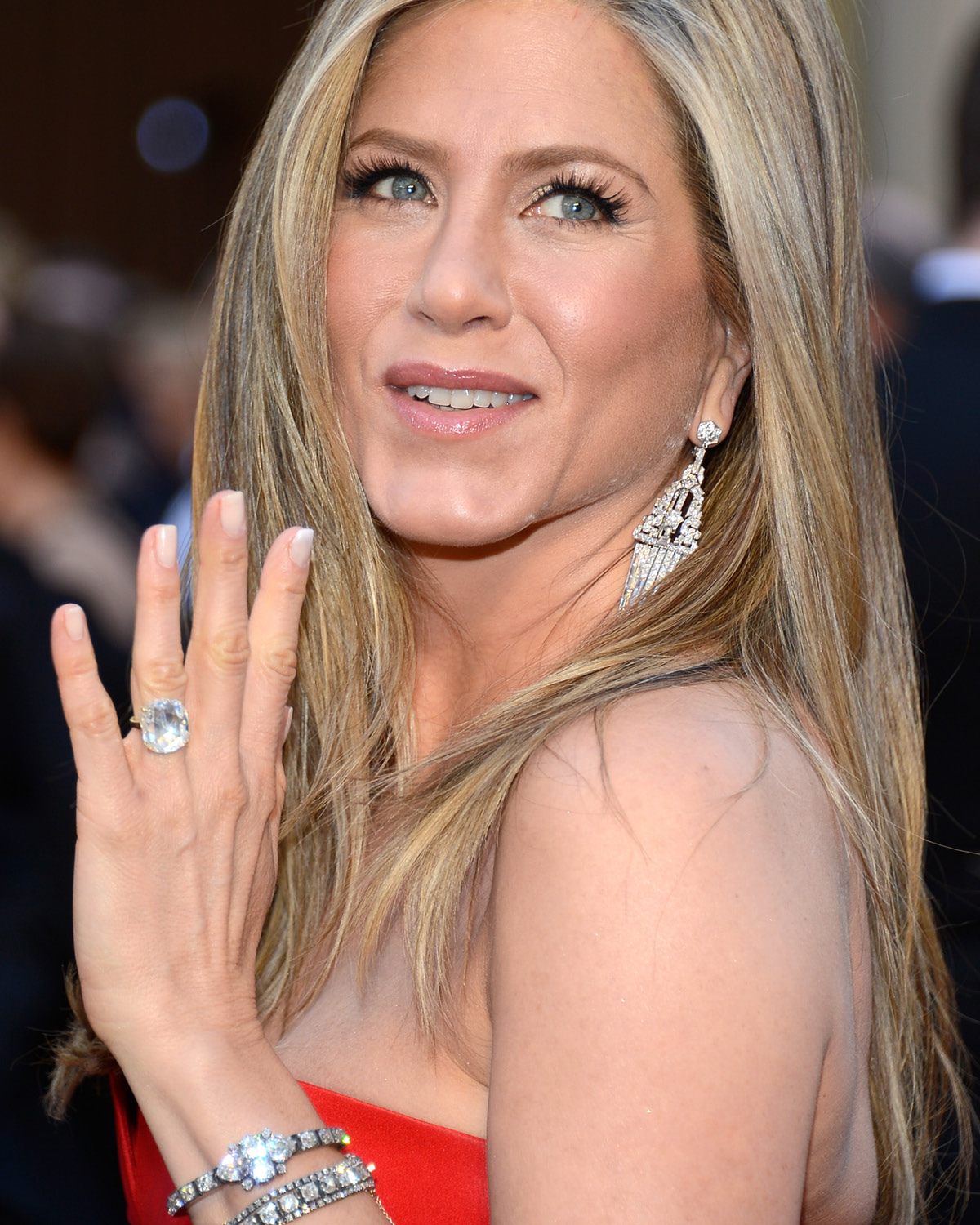
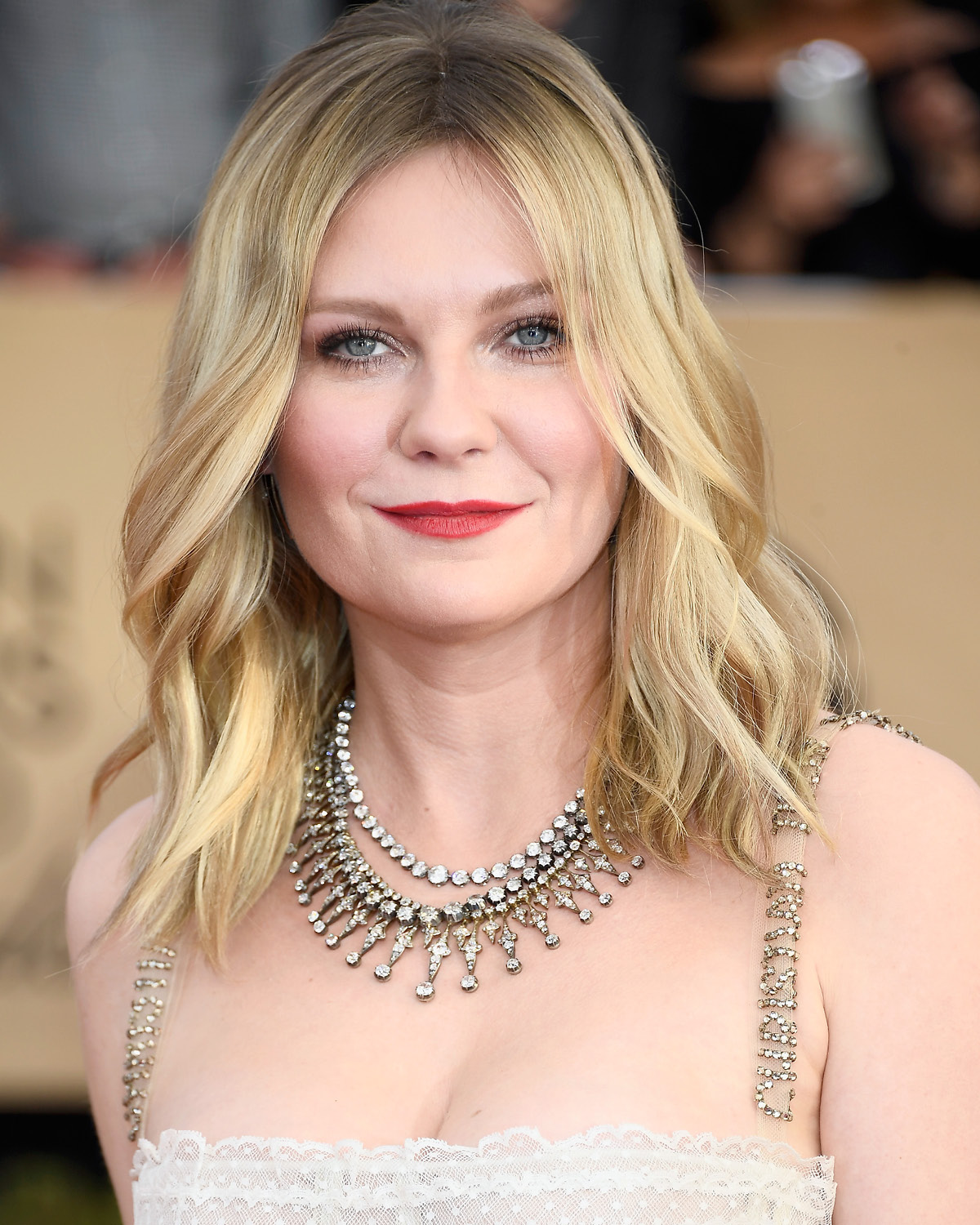
A Century of Change
In 2007, Kwiat celebrated its 100th anniversary, with David there to celebrate the momentous occasion. However, ever since he passed away a decade ago, the business has changed even more rapidly than it did during the entire previous century. David probably could never have predicted that Kwiat would be showcasing—and even selling—significant diamonds online through a virtual concierge. Or that the industry is exploring new ways to buy stones directly from the mines, eliminating several middle men and dealers along the way.
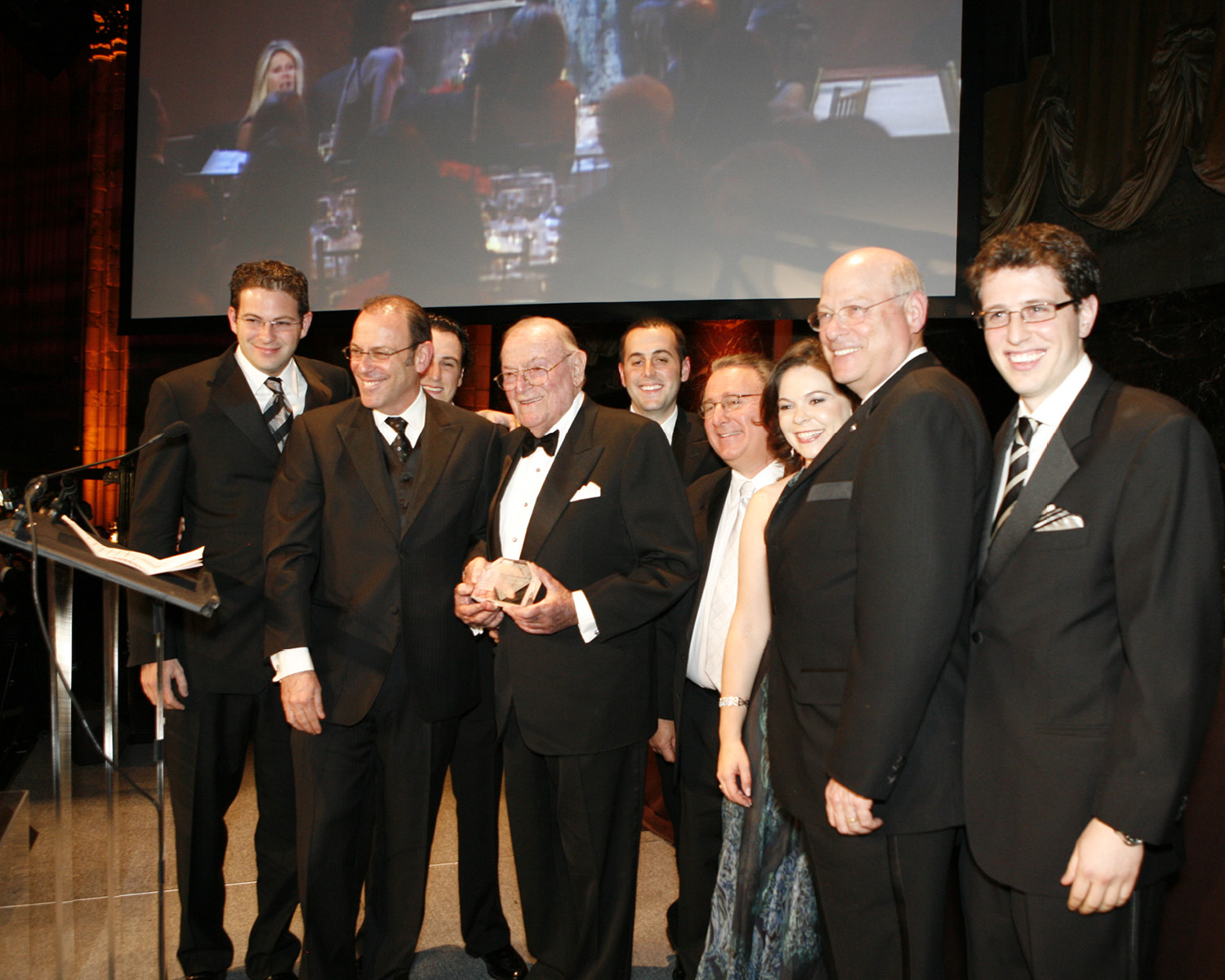
Thankfully, some things still stay the same. The three brothers, who have eight children between them, recently brought their eldest sons to the office to hunt for diamonds. And this time Russell planted a 1-carat diamond in an empty parcel paper for them to find. The finder’s fee went up to $5. That being said, the kids should definitely negotiate a better deal if they plan to join the family firm…
